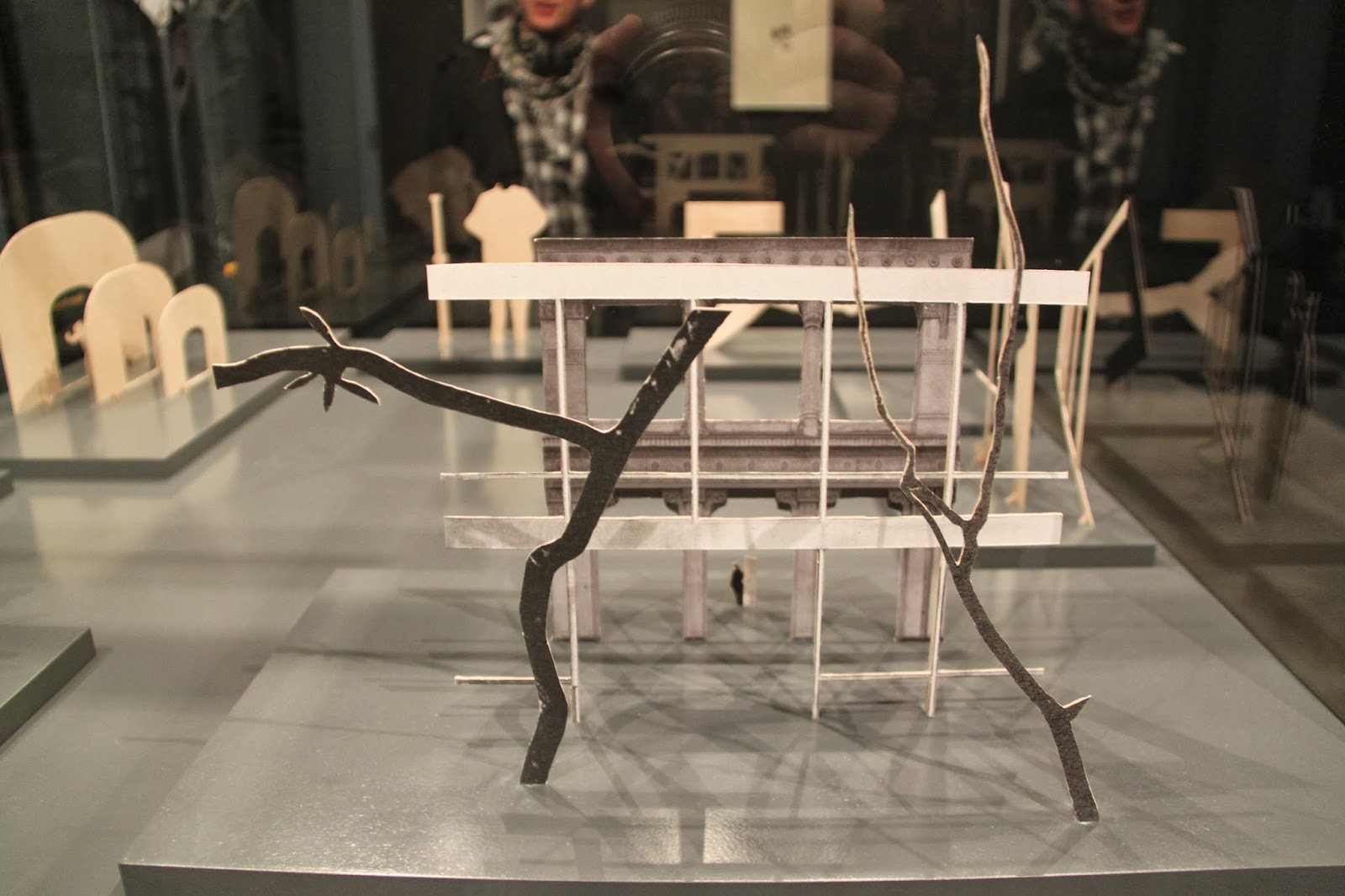The London trip was brilliant, especially the 4 Designers conference. It was a great opportunity to hear from some of the U.K's top designers around, such as Tom Adams from FutureBrand, Morag Myerscough, James Cannell (creative director at Pret A Manger) and Greg Quinton from The Partners. All four where hugely influential for my next graphic design brief which is all about advertising myself to future employers. Hopefully after tomorrow I will have a clear understanding on how to approach the brief but I am starting to think of some ideas already.
Moving on, I have been getting a lot of photography research done for the next project, which is all about still life. With the themes available, I was stuck between choosing 'touched' (photographing a tool that has a meaning), 'personal shrine' (photographing a collection of items that tell a story about a person, place or memory) or 'specimen hunting' (photographing a collection of items that could be interesting). To start, I did a bit of research for each theme to help make my mind up.
The first photographer I researched was Walker Evans and the common tools he photographed. I was fascinated by the way the photos were completed as he had glass behind the object and the background was one foot away. I found the end result to dramatically increase the appearance of these objects as there were no shadows on show and he emphasised the beautiful shapes of these tools well. I would love to try a similar technique myself but I was unsure on what object to use, so I did not choose this theme.
 |
| Catholic shrine |
 |
| Christian shrine |
 |
| Adiantum pedatum (1898-1928) |
 |
| Cucurbita (1928) |
 |
| Object (Abeilles) 1940 |
 |
| Untitled (Pink Palace) 1946-48 |
 |
| Portrait of a monkey with books (2008) |
 |
| The Low Countries, with Skull (2011) |
.jpg) |
| Still-Life with Pottery Jars (1660) |
 |
| Still Life with Lemons, Oranges and a Rose (1633) |
 |
| The Brioche (1763) |
 |
| Glass of Water and Coffee Pot (1760) |
As I was searching for items to photograph in my granddad's loft, I came across a Fender guitar catalogue from 1972. Even though the layout of the items might be suitable for the 'touched' theme, I thought since I am doing a music theme for one of my shrines, this will be useful for generating ideas. For instance, I love the eccentric colour backgrounds and I would like to try a similar technique in my photo-shoots. I also think it would be a great opportunity to take a few risks as this is something I wish to work on for this project.
I came across the artist Jakob Kolding at the Liverpool Biennial in 2012. I was intrigued by the way he combined a range of pictures at various distances to which when seen together at a certain angle they appear as a whole image. This gives the impression of using the artistic space effectively, along with dismantling the world around us and trying a various 'way of seeing'. I would really like to attempt a similar technique in my ideas to see how the results would turn out!
After seeing the David Bailey: Stardust exhibition in London, I was amazed to see he had completed a few still life images. Analysing his work, I was intrigued by the composition of the items and when placed together they can produce a correlation and a visual story. As quoted by Bailey, he described that "flowers are about life and beauty. Skulls are about death. Skulls are the ultimate sculptures - nature's sculptures. Flowers are a symbol of civilisation and represent man's imagination. Previously people had only grown things to eat. It was a great moment when people would grow things for their beauty and not their function." I am now highly committed to display a shrine that has a purpose and meaning once grouped together.
After completing my research, I had thought of two solid ideas for the shrine theme. The first one will be about my grandma and granddad as during the 1950s they rode a motorbike together around Europe. From that, I have a map of Europe, a large picture of a similar bike they rode, the helmet my grandma used to wear and original pictures of both of them on the bike.
My other shrine idea is about my uncle, who was a professional musician during the 1970s/early 1980s. I have managed to acquire an old LP player, a range of music newspapers from around that time like Melody Makers and NME, a number of LP records from that era and LP covers of the band my uncle used to play in.
At the moment, I really like both ideas and am very excited to try both of them out in my photo-shoots in the next two weeks. Very exciting times ahead!
Mike
References:
Walker Evans - http://www.fulltable.com/vts/f/fortune/aa/tools/a.htm
Shrines - http://commons.wikimedia.org/wiki/File:Elmore_Roman_Catholic_Shrine.JPG and http://www.worldisround.com/articles/324832/photo34.html
Karl Blossfeldt - http://www.masters-of-photography.com/B/blossfeldt/blossfeldt.html
Joseph Cornell - http://www.ibiblio.org/wm/paint/auth/cornell/
Olivier Richon - https://artsy.net/artwork/olivier-richon-acedia and http://www.pinterest.com/fdwyer2/still-life/
Francisco de Zurbaran - http://www.allposters.co.uk/-st/Francisco-de-Zurbaran-Posters_c79202_.htm
Chardin - http://www.artyfactory.com/art_appreciation/still_life/chardin.htm
David Bailey - http://www.nowness.com/day/2010/6/6/689/david-baileys-now?icid=previously_683








No comments:
Post a Comment